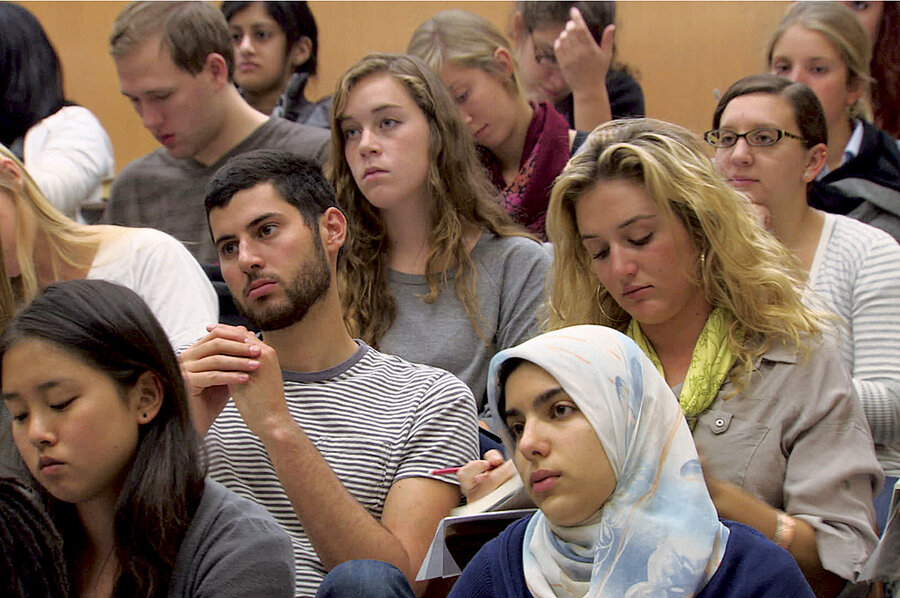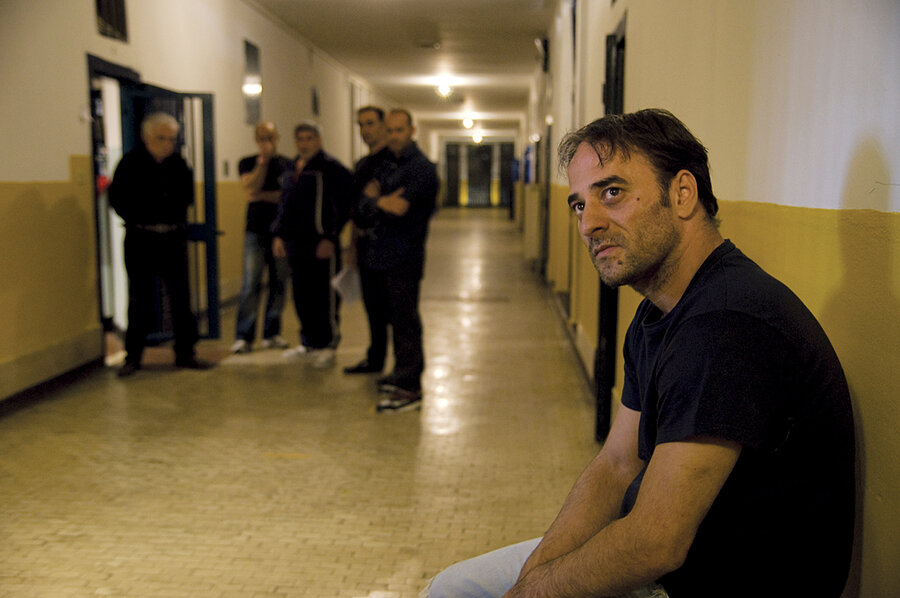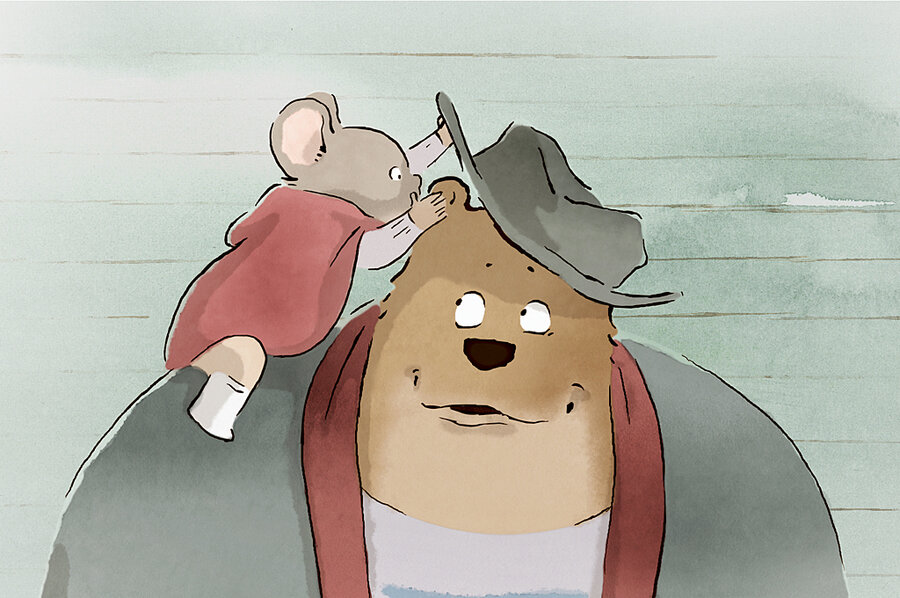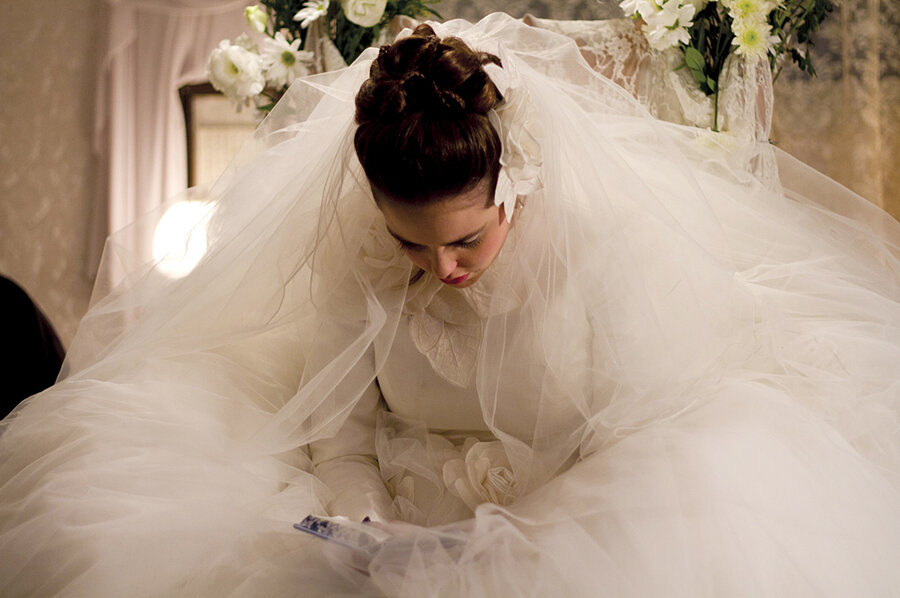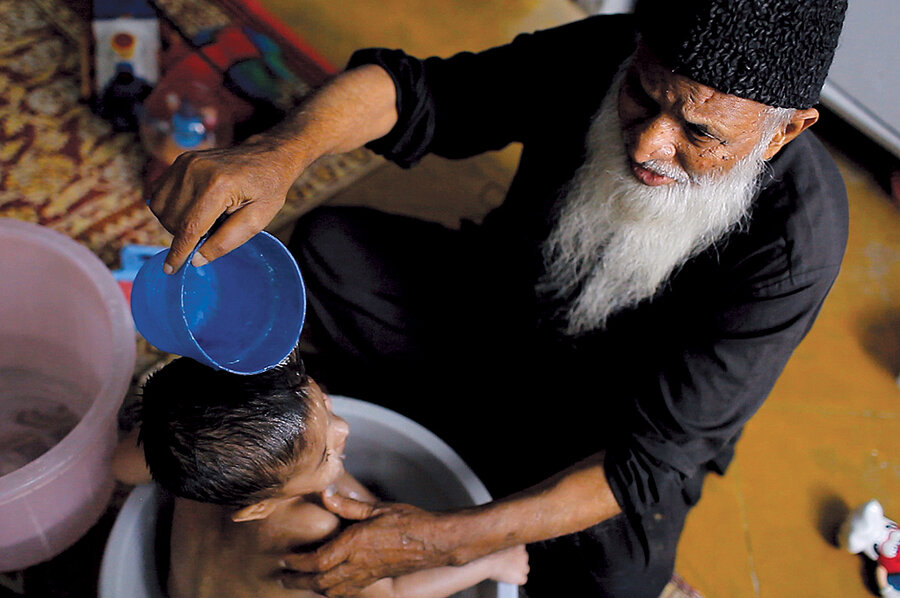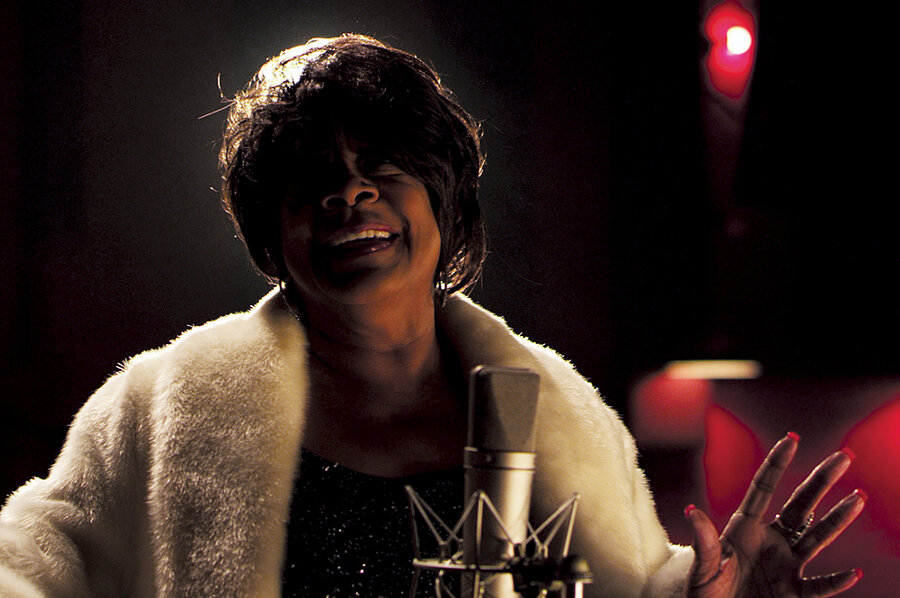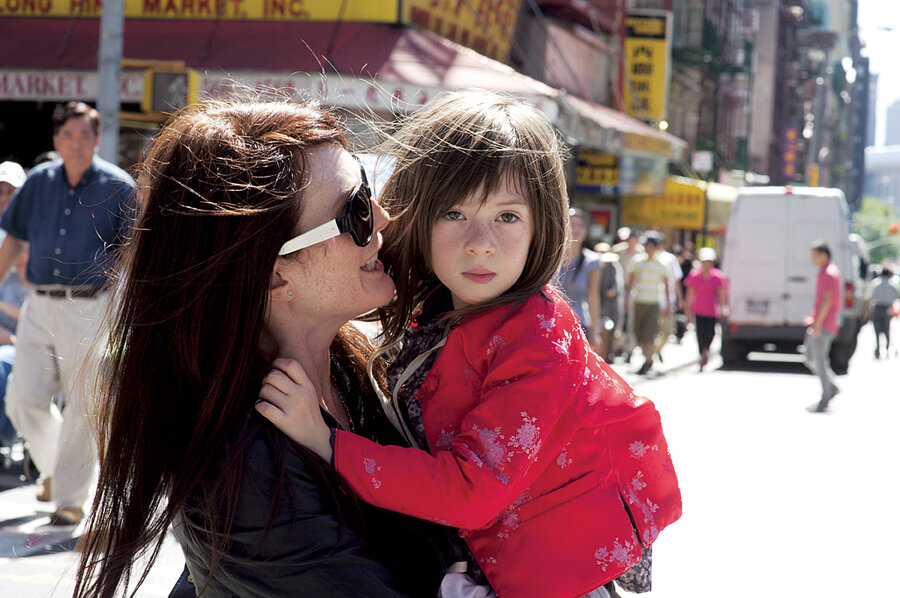The 10 best movies of 2013: Our critic's picks
Loading...
If we’re talking about the finest of the finest, 2013 was a pretty wonderful year for movies even though most of that wonderfulness sidestepped Hollywood. The screen glowed brightest, as usual, in the offbeat realms, in the small, specialty films, the indies and the documentaries. Many of the movies I liked most this year went relatively unheralded; all the more reason for me to issue this annual clarion call on behalf of the best.
But first, the Overview, heavy on the quibbles and cavils. The nice thing about being a movie critic is that there is so much to write about even when the films are less than stellar. Whether by design or happenstance, movies unavoidedly reflect the world in which they are made.
Consider, for starters, “Gravity” and “All is Lost,” two of the year’s more highly touted films. Both are about being marooned: In “Gravity,” George Clooney and Sandra Bullock play NASA scientists adrift in space; “All is Lost” has a preternatually strong and silent Robert Redford alone at sea in a sinking boat. (I would have preferred Al Pacino on that boat: He would never have shut up.)
Is it too much of an existential stretch to extrapolate from these movies the notion that, in parlous times, we are all feeling a bit unmoored? “Gravity” was a big 3D hit, while “All is Lost” was not, which perhaps only goes to show that, when it comes to being adrift, most of us prefer the heavens to the depths. (J.C. Chandor, the writer-director of “All is Lost,” mused that the film might have done better if he had titled it, “All is Not Lost.”)
Sometimes movies that were supposed to be “saying something” about America were, in the final analysis, not saying very much at all. Take Woody Allen’s “Blue Jasmine,” for example. It’s about the downturn of a moneyed Manhattan socialite, played at full throttle by Cate Blanchett, in the wake of her husband’s Madoff-like machinations. The film was embraced as a definitive statement about the recession-era horrors of our time. But Jasmine’s shrillness and snobberies and discordancies, by the film’s own evidence, were with her since childhood. The movie inflates a clinical case into an Everywoman, Upper East Side division.
There were many other wildly overrated movies this year. Least favorite for me by far was Joshua Oppenheimer’s documentary “The Act of Killing,” which gave gleefully unrepentant mass killers in Indonesia license to act out for his cameras their gaudy gangster scenarios. Alexander Payne’s “Nebraska” was an exalted drearfest, alternately spiky and sodden.
Steve McQueen’s “12 Years A Slave,” which is being promoted as a weapon against ongoing racial injustice, had some excruciatingly searing sequences, strong performances from Chiwetel Ejiofor and Lupita Nyong’o, and, alas, much narrow-eyed melodrama and painfully stiff historical re-enactments, including an embarrassing turn from co-producer Brad Pitt as the Good White Guy.
It makes sense in these straitened times that there would be a plethora of movies about get-rich-quick con artists. The implicit message is: America is the land of opportunity – for opportunists. The most acclaimed of these movies, David O. Russell’s “American Hustle,” loosely based on the 1970s Abscam sting, was a frenetically entertaining burlesque that ultimately spun itself into a welter of yelling and yowling. This goes triple for Martin Scorsese’s interminable “Wolf of Wall Street,” which stars Leonardo DiCaprio as (yawn) a party-hearty stock manipulator. DiCaprio also starred as a party-not-so-hearty rich guy in Baz Luhrmann’s awful “The Great Gatsby,” my candidate for “most unnecessary use of 3-D.”
To no one’s surprise, the Hollywood franchise folderol continued unabated in 2013. I could have lived without the sequels to “Wolverine,” “Die Hard,” Hangover,” “Thor,” “Red,” and “Star Trek,” but Robert Downey, Jr. kept me in the fold for “Iron Man” (No. 3), I rather liked “The Hunger Games: Catching Fire,” and I very much liked “The Hobbit: The Wrath of Smaug,” even though I’m not quite sure what’s going on in it. Performers can save middling movies and elevate the better ones. Matthew McConaughey and Jared Leto are altogether extraordinary in “The Dallas Buyer’s Club,” as are Adele Exarchopolous and Lea Seydoux in the sexually explicit “Blue is the Warmest Color.” James Gandolfini was warm and embracing in “Enough Said.” Jake Gyllenhaal dug deep in “Prisoners.” Tom Hanks’s final breakdown scene in “Captain Phillips” is the best piece of acting he’s ever done. Meryl Streep is – how’d you guess? – wonderful in that dysfunctional family endurance test “August: Osage County.”
But enough: It’s 10 Best time, in roughly descending order.
1. “Before Midnight” – This third installment in Richard Linklater’s humane and heartfelt, one-of-a-kind movie experience follows “Before Sunrise” (1995) and “Before Sunset” (2004). Ethan Hawke and Julie Delpy, who co-wrote the script with Linklater, play the couple we first encountered as vacationing young idealists who meet on a train and spend a night together in Vienna. Now they are married and confronting the exigencies of a difficult relationship. Deeply moving, this film gains in resonance from being the third in the series.
2. “At Berkeley” – Frederick Wiseman’s four-hour documentary about the great public university, shot in 2010 at a time of campus-wide unrest over budget shortfalls, says more about the state of American education – and by extension, America itself – than any other movie this year. An epic achievement.
3. “Fill the Void” – Rama Burshtein’s movie about marital machinations within an ultra-Orthodox Israeli community plays out like a Chasidic Jane Austen scenario. Helped by the amazing young actress Hadas Yaron, she locates the passion inside the Old World formalities.
4 “These Birds Walk” – This woefully underseen documentary, directed by Omar Mullick and Bassam Tariq, centers on a runaway boy in Karachi, Pakistan, and is flooded with piercing sequences that open up an entire country and way of life.
5. “Inside Llewyn Davis” – Joel and Ethan Coen’s greyed-out odyssey about an early 1960s Greenwich Village troubadour, played with sloe-eyed perfection by Oscar Isaac, is one of their best. Their trademark flip nihilism is filled out this time with real feeling.
6. “Caesar Must Die” – The great Italian directors Vittorio and Paolo Taviani staged a production of Shakespeare’s “Julius Caesar” in Rome’s high-security Rebibbia prison and then rehearsed the prisoner’s non-stage lives as well. The result is a form I usually dread – the meta-documentary – but this movie is a ferocious, shape-shifty exception to the rule.
7. “Her” – Spike Jonze has made a movie for our fractured times about a man, played by Joaquin Phoenix, who falls in love with his personalized computer operating system (voiced by Scarlett Johansson). Set slightly in
the future, this lyrical, haunting movie feels very much “now.”
8. “20 Feet From Stardom” – Morgan Neville’s documentary about relatively unheralded female back-up singers (Lisa Fischer, Merry Clayton, Darlene Love, Judith Hill, Tata Vega, and others) is a signal contribution to American pop culture and, even better, an ecstatic jamboree. Minute for minute, the most enjoyable movie of the year.
9. “Ernest and Celestine” – The best animated movie of the year is this sweet, watercolor-rendered parable from France directed by Stephane Aubier, Vincent Patar, and Benjamin Renner based on a Belgian book series about a little mouse who befriends a big bear. Children will love this movie and not feel like they are being taught a valuable life lesson (which, don’t tell anybody, they are). Long live non-CGI animation!
10. “What Maisie Knew” – The year’s best literary adaptation, scripted by Nancy Doyne and Carroll Cartwright, is an update by directors Scott McGehee and David Siegel of Henry James’s 1897 novel about a divorce as seen through the eyes of the couple’s little girl, played with hushed intensity by Onata Aprile. It’s one of the rare movies that gets inside a child’s torments and delights without getting all gooey on us. Julianne Moore and Steve Coogan tear into their roles as Maisie’s parents.
In addition to the films favorably mentioned in my preamble, I would also recommend: “The Square,” “Room 237,” “Much Ado About Nothing,” “We Steal Secrets: The Story of Wikileaks,” “Computer Chess,” “Tim’s Vermeer,” “From Up on Poppy Hill,” “Inequality For All,” “Dirty Wars,” “Wadjda,” and “Gimme the Loot.”





